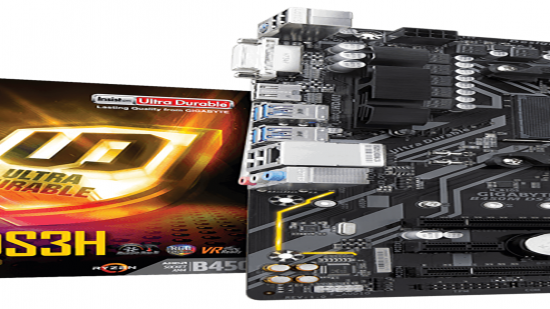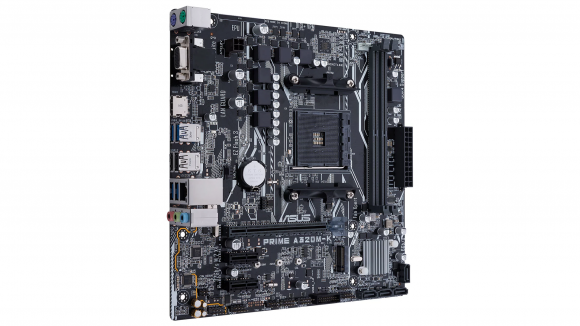AMD motherboard shipments are tight over in China, leading to mass shortages as major suppliers’ factories can’t keep up. But, unlike Intel’s 14nm shortage, which has been impacting most of Intel’s supply chain, this looks to be a symptom of a sudden explosion in demand for AMD motherboards across the country.
The budget A320 chipset is the hardest to come by, which is a popular choice alongside quad-core A8 9600 APUs, and inventory and supply of A320 motherboards has been deemed inefficient for the surging demand. B450 motherboard inventory is supposedly growing steadily in response but supply is still short, and the A68, a throwback to the days of pre-AM4 A-series APUs, are also running low, but looks to be bouncing back to satiate demand at a regular pace.
Asus and Gigabyte are some of the biggest winners from the increase in demand. Both manufacturers are said to be experiencing explosive growth for AMD motherboards, and that’s led to a serious deficit in product stock stemming all the way back to manufacturing stages for the affected chipsets. Asus is reportedly expanding its production plan to meet demand.
MSI, too, is said to be benefiting from the sparsity of AMD motherboards, reports from Chinese forum Boardchannels (via EXPreview) indicate. While the company isn’t suffering a supply issue itself, it is able to increase prices for some boards and drop promotional activities previously put in place to ship more chips.
There was no mention of shortages for the high-end X470 motherboards, however. It seems AMD’s sudden popularity surge is localised to the entry-level for the most part.
AMD stock is riding at a ten-year high ($32.43 a share at time of writing) due to success with its Ryzen CPUs and EPYC servers, and, undoubtedly, somewhat due to Intel’s growing weariness in certain markets. Its ongoing 10nm delay and reported 14nm capacity deficit both building into that. It seems AMD too isn’t safe from product inventory issues itself, or its board partners to be precise, yet this seems entirely down to gaining momentum and popularity – for its budget chipsets at least – in the Chinese market rather than any production issues on its part.

